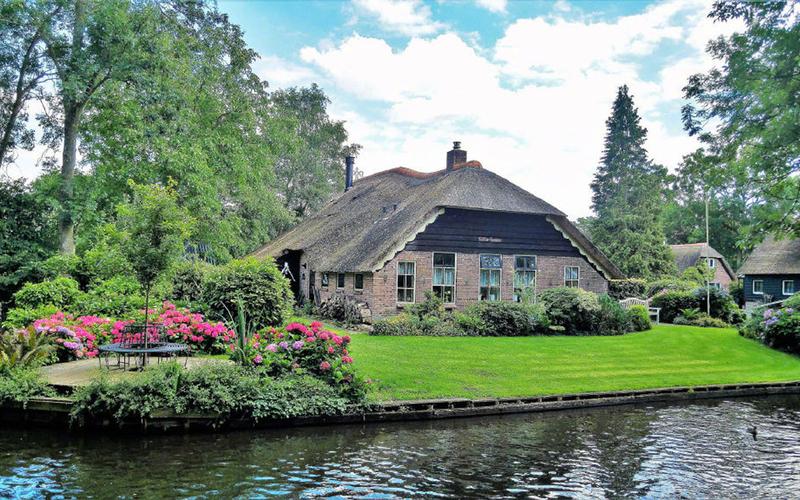Exploring the Intersection of Blockchain and Internet of Things: Opportunities and Challenges
The world is becoming more digitized and connected as technology continues to evolve. Two of the most significant technological innovations of recent times are blockchain and the Internet of Things (IoT). Both of these cutting-edge technologies have the potential to revolutionize the way we live and work, and their intersection will create even more opportunities for innovation.
Understanding Blockchain and IoT
Blockchain technology is essentially a distributed ledger that records transactions between parties in a secure, transparent, and immutable way. It is a decentralized system that eliminates the need for intermediaries and creates a trustless environment where parties can transact without relying on third parties.
On the other hand, the IoT is a vast network of interconnected physical devices and objects that are embedded with sensors and software. These devices communicate with each other over the internet, collect and exchange data, and can be controlled remotely. The IoT is revolutionizing every sector, from industrial manufacturing to healthcare to agriculture.
The Intersection of Blockchain and IoT
Blockchain and IoT are highly complementary technologies. The IoT generates vast amounts of data that can be used to create value and insights. Blockchain can provide an immutable and secure platform to store, manage, and share this data. The combination of these technologies has the potential to create a decentralized, transparent, and secure ecosystem where devices can interact and transact with each other autonomously.
Opportunities and Challenges of Blockchain and IoT Integration
The intersection of blockchain and IoT opens up several opportunities across various sectors. For instance, in the supply chain sector, blockchain and IoT can be used to track products from the manufacturer to the end consumer, ensuring traceability and transparency. In healthcare, blockchain and IoT can be used to securely store and share patient data, enabling better medical care.
However, the integration of these technologies presents several challenges as well. The security and privacy of data become critical issues in such an ecosystem. There is also a need for standardization and interoperability between devices to ensure seamless communication and data exchange.
Examples of Blockchain and IoT Integration
Several companies and organizations are exploring the intersection of blockchain and IoT to create innovative products and solutions. One such example is Filament, a blockchain-based IoT platform that enables secure and autonomous device networks for industrial applications. Another example is Chronicled, a startup that uses blockchain and IoT to create secure and transparent supply chains for luxury goods.
Conclusion
The intersection of blockchain and IoT holds tremendous potential for innovation across various sectors. However, there are several challenges that need to be addressed, such as security and standardization. Companies and organizations are exploring various use cases of integrating these technologies to create innovative solutions that can change the way we live and work. As technology continues to evolve, the possibilities of such integration are endless.
(Note: Do you have knowledge or insights to share? Unlock new opportunities and expand your reach by joining our authors team. Click Registration to join us and share your expertise with our readers.)
Speech tips:
Please note that any statements involving politics will not be approved.
